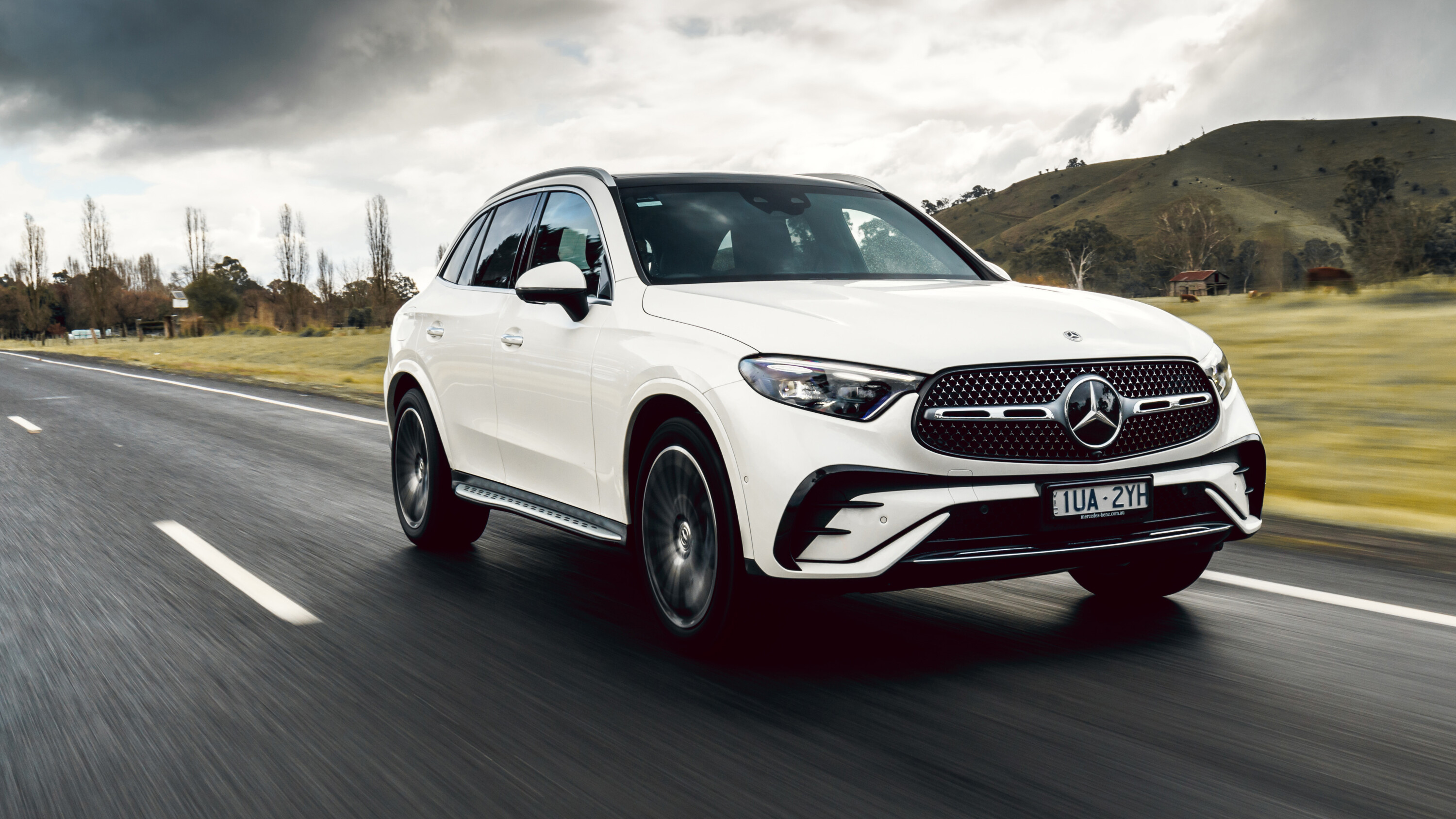Score breakdown
Things we like
- Big step forward for refinement and ride comfort
- Cabin quality and infotainment tech are excellent
- Engine/transmission combo is smooth, strong and surprisingly efficient
Not so much
- No PHEVs or diesels for Australia
- Price hikes over previous model and rivals
- Boot is big but lacks some amenities standard on smaller, mainstream models
- Rear knee room is adequate rather than generous; no tri-zone climate
What’s the most important new model for Mercedes-Benz to get absolutely right? A new SL? The flagship S-Class? One of its many cutting-edge EVs? Nope, it’s a mid-size SUV. This mid-size SUV, in fact.
Mercedes sells more GLCs than it does any other model, meaning an entirely new version is a properly big deal. And it’s not just a big hitter on a global scale; it’s a similar story Down Under.
First introduced here in 2015 – we missed out on its GLK predecessor due to a lack of right-hand drive – the GLC doesn’t only hold sway as Mercedes’ most popular model, but it has streaked ahead of rivals from BMW, Audi, and Lexus to be the top dog in its segment.
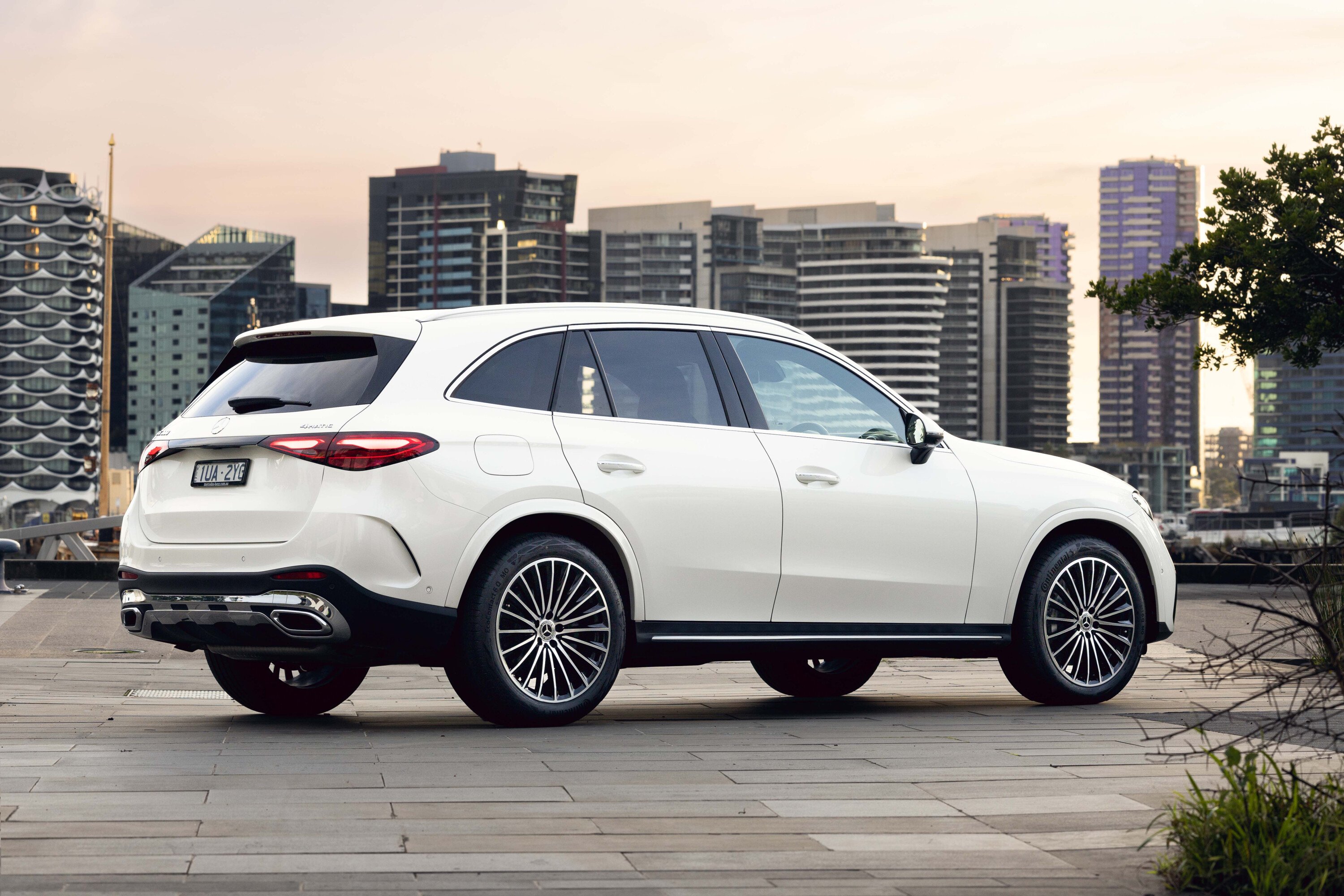
Perhaps understandably, then, this second-generation version is more about evolution than revolution – why mess with the golden goose? – but it has made some significant strides forward, mostly in how it drives and in the quality and comfort of its interior.
However, there’s another thing that has changed dramatically: the price. Now offered as a single variant – the GLC 300 – admission to the new GLC range starts at $103,740 before on-road costs, which is a sharp increase of $22,000 compared to the old entry-level model.
So the big question is, are the improvements worth it?

JUMP AHEAD
- How much is it, and what do you get?
- How do rivals compare on value?
- Interior comfort, space and storage
- What is it like to drive?
- How much fuel does it use?
- How safe is the Mercedes-Benz GLC?
- VERDICT
How much it is and what do you get?
Mercedes has made some big changes to the GLC model range this time around.
The previous base model, the GLC 200, has been banished, as have any versions powered by diesel or frugal hybrid powertrains.
In their place we now get one variant: the GLC 300. That’s a good thing, as the 300 was always the pick of the previous model range – it accounted for 60 per cent of total sales – and Merc’s product planners have sweetened the deal further by cramming in more standard equipment.
AMG Line exterior and interior packages, for example, are now included, as is a panoramic sunroof, privacy glass, sculpted side steps, metallic paint, body-coloured wheel arches, a remote tailgate, keyless entry and start, and 20-inch alloy wheels.
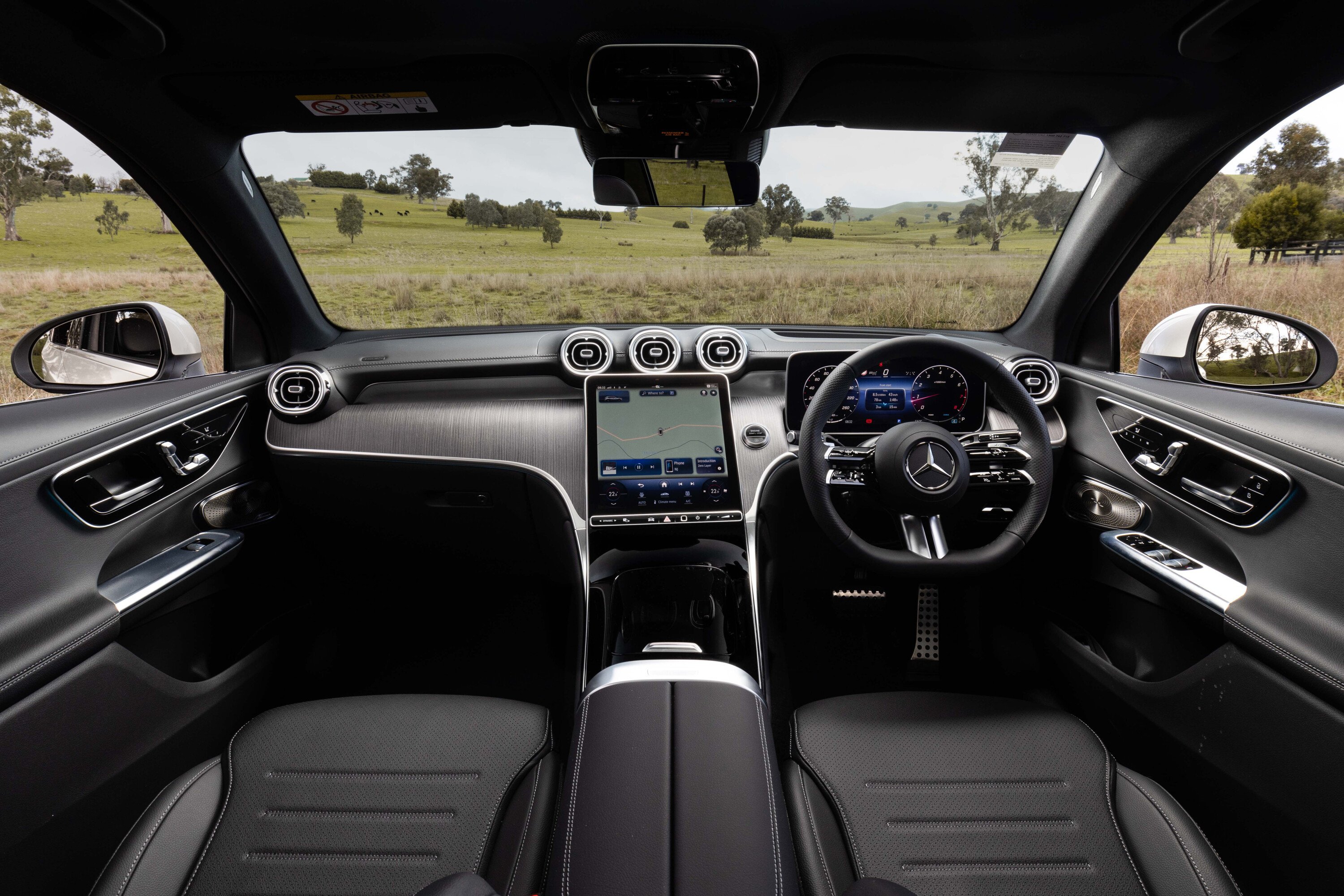
Even better is a noticeable lift in materials quality inside the cabin.
Inside you’ll find the same ginormous 11.9-inch portrait touchscreen as the fresh C-Class, as well as wireless Apple CarPlay Android Auto, fully digital dials with a head-up display, and sublimely comfortable seats trimmed in Merc’s artificial leather substitute, Artico. The front seats are heated, too, and offer a memory function.
As you’d expect, the suite of active safety systems is now even more comprehensive (more on this in our safety section below) and there’s a new ‘invisible bonnet’ feature that uses cameras in the wing mirrors and front grille to project a live feed of what’s under the nose onto the high-res centre screen. Nice.
Even better is a noticeable lift in materials quality inside the cabin. For all its popularity, the previous GLC had a few weak spots – how it rode and the quality of its interior being the biggest – but the cabin of this new model is a marked improvement.

The interior design is far more modern and while there’s still a heavy use of piano black, which marks easily and attracts fingerprints, the rest of the cabin is a pleasing mix of open-pore wood, soft imitation leather and higher-quality plastics.
A trade-off for this extra quality and luxury, however, is a higher price. Earlier we mentioned that the price of entry to the GLC range has risen by around $22,000, from $80,800 to $103,370 (before on-road costs), but that’s not an entirely fair comparison as there’s no base model any more. Factor in the price of the old GLC 300, however, and this new model is still more than $11,000 costlier.
Mercedes says most of that deficit is justified by the higher specification level, but even so, there’s no escaping the fact this new GLC is a richer proposition.

As for bodystyles, for now, the GLC is available as a wagon only, but a sleeker coupe version is confirmed.
What’s missing? Notably, Mercedes isn’t offering the fuel-saving plug-in hybrid versions available overseas (Merc-Aus instead directs buyers to its line-up of electric models like EQA, EQB, EQC and the soon-to-arrive EQE SUVs) and there’s no option to add four-wheel steering or adaptive dampers either.
There’s also a limited number of option packs available. Part of the logic of offering a single, well-specified model is to streamline the buying process for customers and they now only have three choices to make: colour, picking between two alloy designs, and whether or not to tick the $6900 Plus Pack which adds additional driver assist features, premium Burmester audio, augmented reality for the sat-nav, acoustic glass, a 360 Guard security system and Mercedes’ version of Matrix LED headlights.
As for bodystyles, for now, the GLC is available as a wagon only, but a sleeker coupe version is confirmed to join the local line-up later in 2023. As the Coupe is still a few months away, Mercedes is remaining tight-lipped on price and spec but you can expect it to mirror the wagon version in offering a single, highly specced 300 variant.
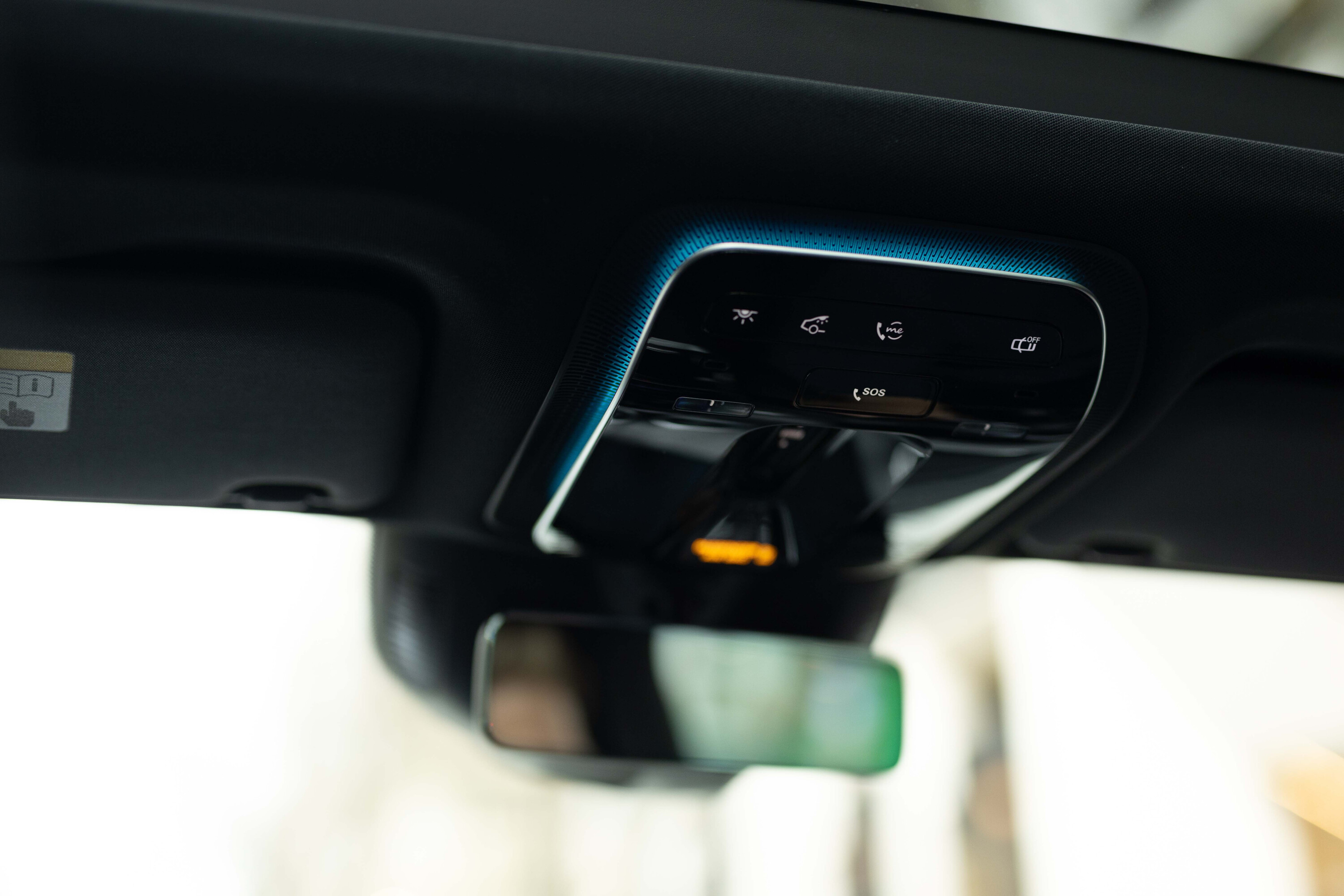
How do rivals compare on value?
In terms of outright dollars, the GLC 300 is a fair whack costlier than its direct German competitors, the BMW X3 xDrive 30i ($96,500) and Audi Q5 TFSI Sport ($82,800) – both before on-road costs – but it’s also a much fresher model.
BMW’s current X3 is now six years old, although it did score a major update last year, and the Audi is also something of a senior citizen having been first introduced in 2017.
The GLC outdoes both for standard equipment, too, although the recipe for all three models is remarkably similar: 2.0-litre turbo-petrol up front, all-wheel drive underneath and a 0-100km/h sprint in the low sixes. But in nearly every metric, the Mercedes has the edge over its older rivals.
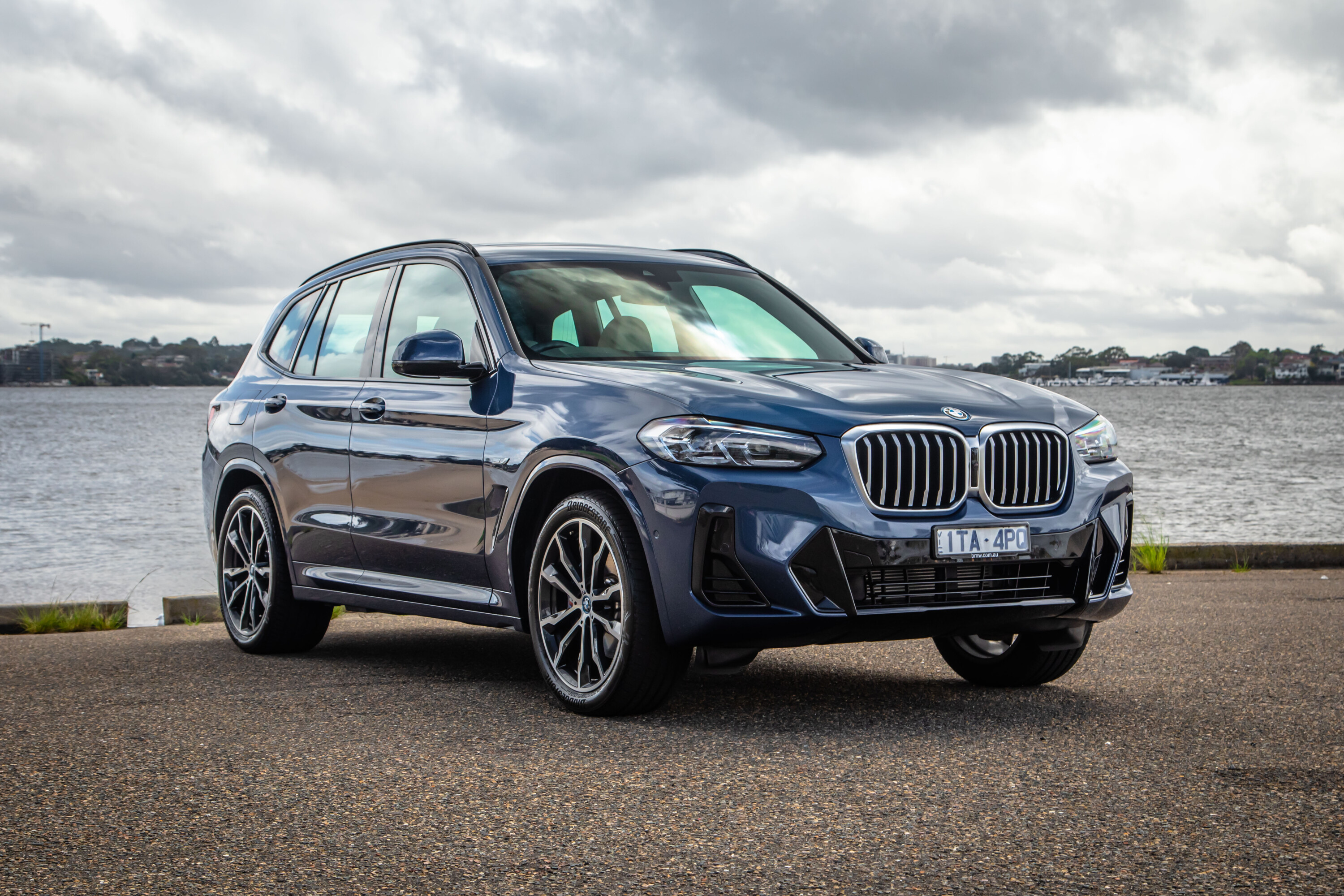
Its 2.0-litre engine is supplemented by a 48-volt sub-system which aids economy, driveability and performance thanks to an additional 17kW/200Nm in short bursts.
The GLC’s boot has also grown for this generation and trumps both of its key rivals for load-lugging ability.
And the Merc’s cabin feels far more modern and high-tech. So while the Mercedes is more expensive, you are scoring more equipment, space and luxury for your money.
The Lexus RX is another rival to consider. Like the GLC, Lexus’s mid-sizer is box-fresh – the fifth-generation model launched here in February 2023 – and it’s bigger, lighter and thriftier than the model it replaces. Also like the GLC, however, the RX is now more expensive. The RX350 Sport Luxury AWD, which is the closest match for the GLC 300 in spec and performance, is now $105,900 before on-road costs.
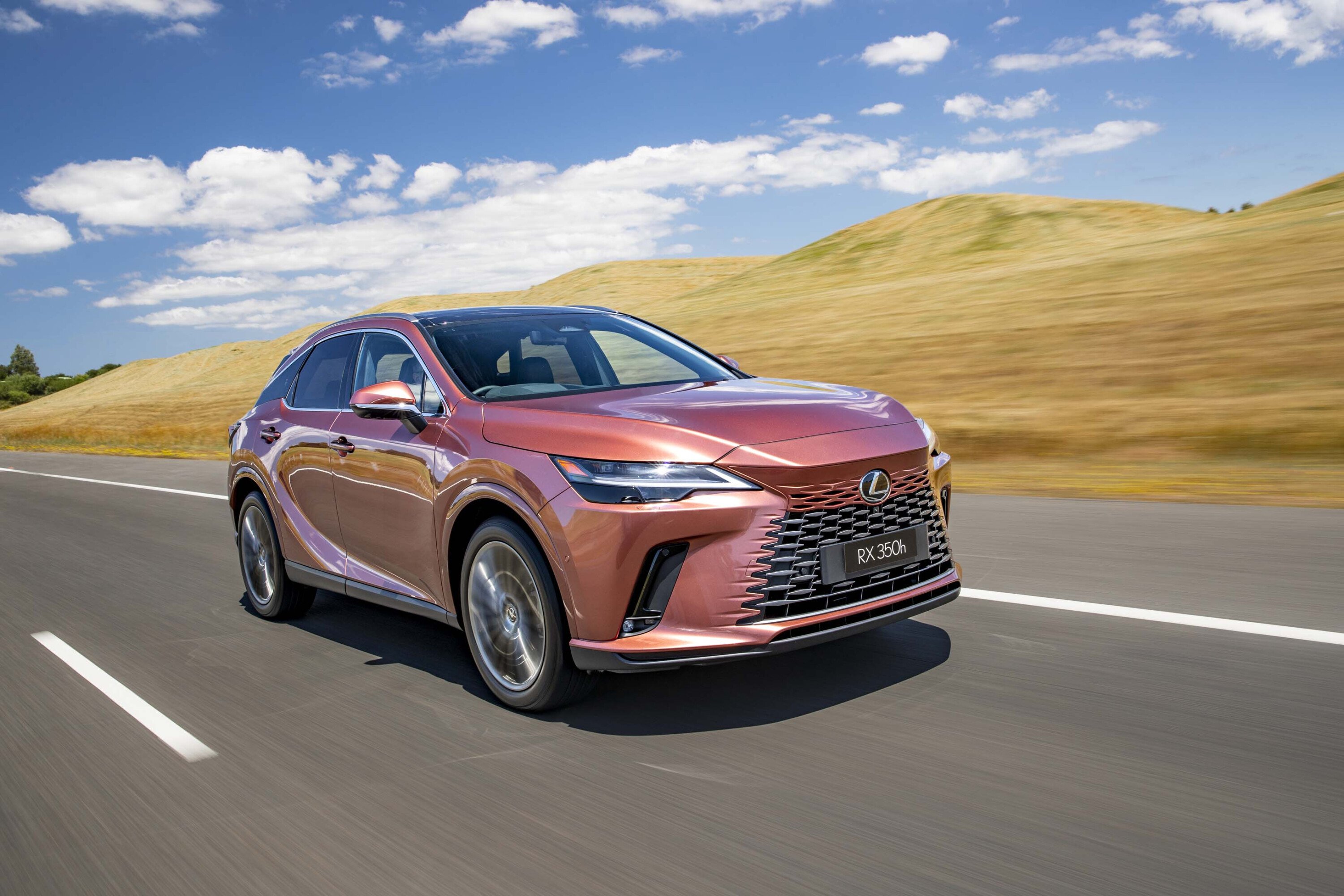
| Mercedes-GLC 300 | BMW X3 xDrive 30i | Audi Q5 TFSI Sportu00a0 | |
|---|---|---|---|
| Engine | 2.0-litre turbo petrol + 48v | 2.0L turbo petrol | 2.0-litre turbo petrolu00a0 |
| Power/torque | 190kW/400Nm | 185kW/350Nm | 183kW/370Nm |
| Economy | 7.7L/100km | 7.9L/100km | 8.0L/100km |
| Boot space | 620L | 550L | 520L |
| 0-100 | 6.2s | 6.4s | 6.3s |
| Price | $103,370 | $96,500 | $82,800 |
Interior comfort, space and storage
Now built on the same fresh MRA2 underpinnings as the new W206 C-Class, the second-generation GLC is a bigger SUV than the model it replaces.
Overall length is up by 60mm, the wheelbase has been stretched by 15mm and the overhangs have also grown by 6mm up front and 23mm at the rear. Boot space is up, too, by a considerable 50L for a total load-lugging capacity of 620L, which is best in class.
Sharing the same gizzards as the new C-Class means the GLC also benefits from the same high-tech, modern cabin design. And it’s bursting with wow factor.

Like lots of car-makers, Mercedes has deleted as many buttons and switches as it can but the good news is it hasn’t destroyed the GLC’s ergonomics in the process.
The centre screen is fast and its functionality is superb thanks, in part, to running the latest version of Mercedes’ MBUX software. The graphics and resolution of the screen are a highlight – Apple CarPlay integration is a joy, simply because of how much real estate it occupies – and even better is the placement of the HVAC controls, which always occupy a large strip at the bottom of the display.
Anyone else hate having to stumble through a convoluted menu just to turn down the AC fan?

The rest of the cabin design is a pleasing blend of old and new.
Its 12.3-inch digital dials are configurable, the head-up display is large and clear, the standard premium sound system is top-notch, and the touch-sensitive functions on the multi-spoke flat-bottomed AMG steering wheel are easy enough to use.
But there’s also plenty that current GLC owners will recognise, including the general design which is a pleasing evolution of the previous model’s, the placement of the seat controls on the top of the door cards and the column-mounted gear shifter.

It all feels premium, too, in a way the previous GLC didn’t and don’t fret that Mercedes has overlooked the basics in pursuit of style.
Ventilation is excellent, as is storage courtesy of big door pockets and twin central cup holders, and there’s a wireless charging pad plus three USB-C ports. The front seats are also fantastic and offer ample comfort and support.
Things are marginally less impressive in the rear. While six-foot adults will find they have decent room for their knees, toes and heads, there are no dedicated USB ports, meaning rear passengers have to make do with the two between the front seats. And while you do score dedicated air vents, there’s no fan or temp control for those in the back.

It feels like the new Hyundai Kona has more space, and it does in terms of outright knee room.
Plastics used on the rear of the centre console are also hard and shiny, and we’re not sure how comfortable it’ll be to squeeze three adults across the back seat. It feels like the new Hyundai Kona has more space, and in terms of outright knee room, the Hyundai actually does: 970mm plays 950mm.
The GLC’s boot also has a few weak points. While its overall size is impressive and the rear seat offers a 40:20:40 split-fold with electronic releases, there are no bag hooks or two-stage boot floor. And while there is a place to store the parcel shelf, it’s impeded by the space-saver spare tyre. The rear seat also doesn’t slide or recline.
None of these are dealbreakers, of course, though it would be nice to see Mercedes include some of these features given they’re standard on smaller and far more affordable mainstream models.
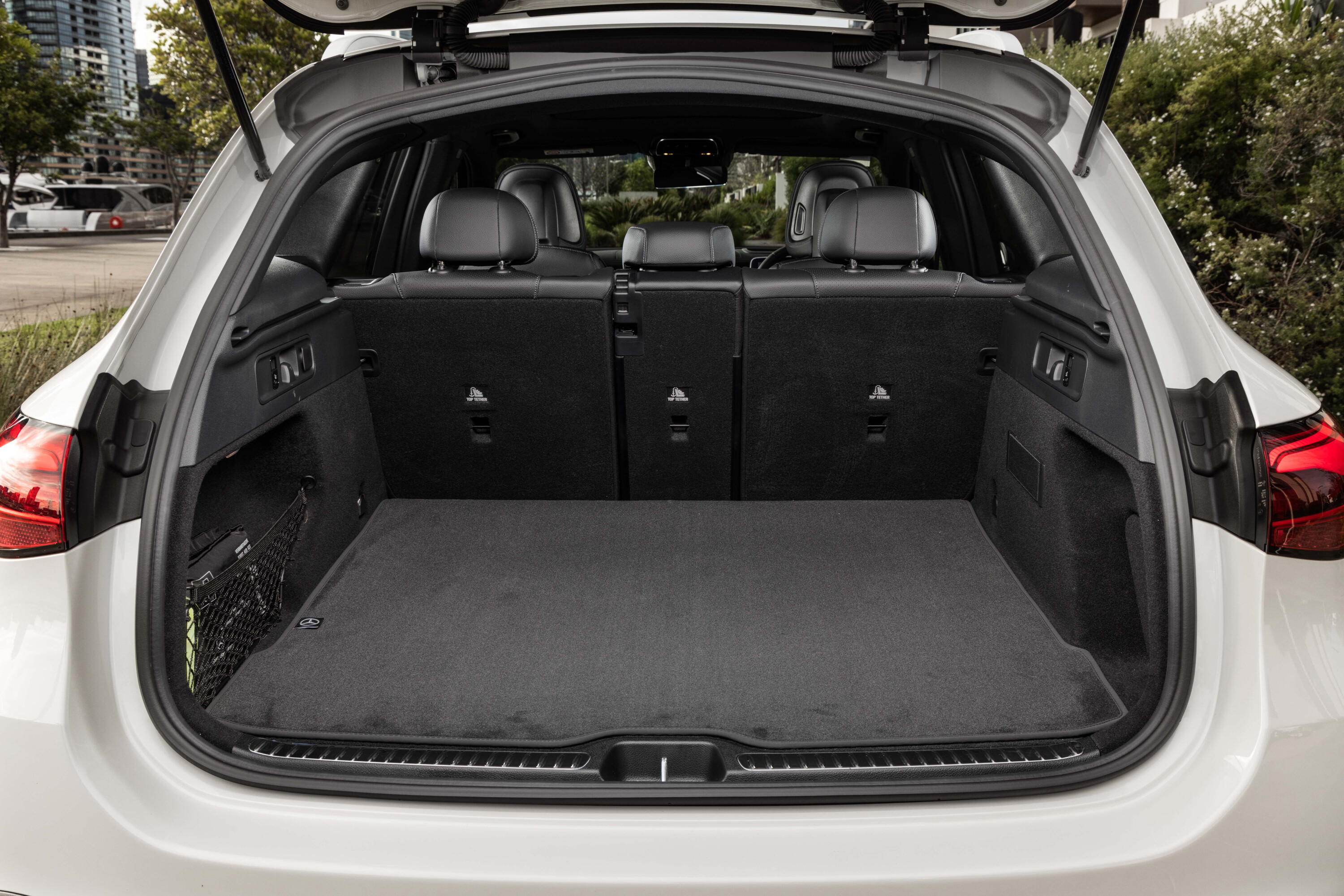
What’s it like to drive?
Two things strike you immediately: how much bigger the GLC now feels and how much softer the suspension is.
Previous-generation GLCs could judder and jolt over bumps but this new model is noticeably more compliant despite large 20-inch alloys. Australia takes the softer ‘Comfort’ setting for the GLC’s passive suspension as standard and the upshot is a ride that feels pillowy and compliant at urban speeds.
The cabin is quieter than the old GLC, too. In city traffic, the new GLC verges on serene and it does an impressive job of filtering out unwanted road and tyre noise.

The 2.0-litre turbo engine is also suitably refined and responsive. The core unit itself is largely carried over from the previous GLC 300 but there have been a host of changes to its internals to improve efficiency and response.
And the big news is the addition of a 48-volt sub-system with an integrated starter generator (ISG). Capable of adding 17kW/200Nm for short bursts, the ISG doesn’t only aid performance but also allows the GLC to coast in silence in certain situations, which aids efficiency.
It also helps to deliver a remarkably smooth driving experience. Paired with a nine-speed automatic, the ISG banishes the clunkiness you get with some idle-stop systems and also aids driveability as you accelerate from a standstill by providing instant electric response low in the rev range.
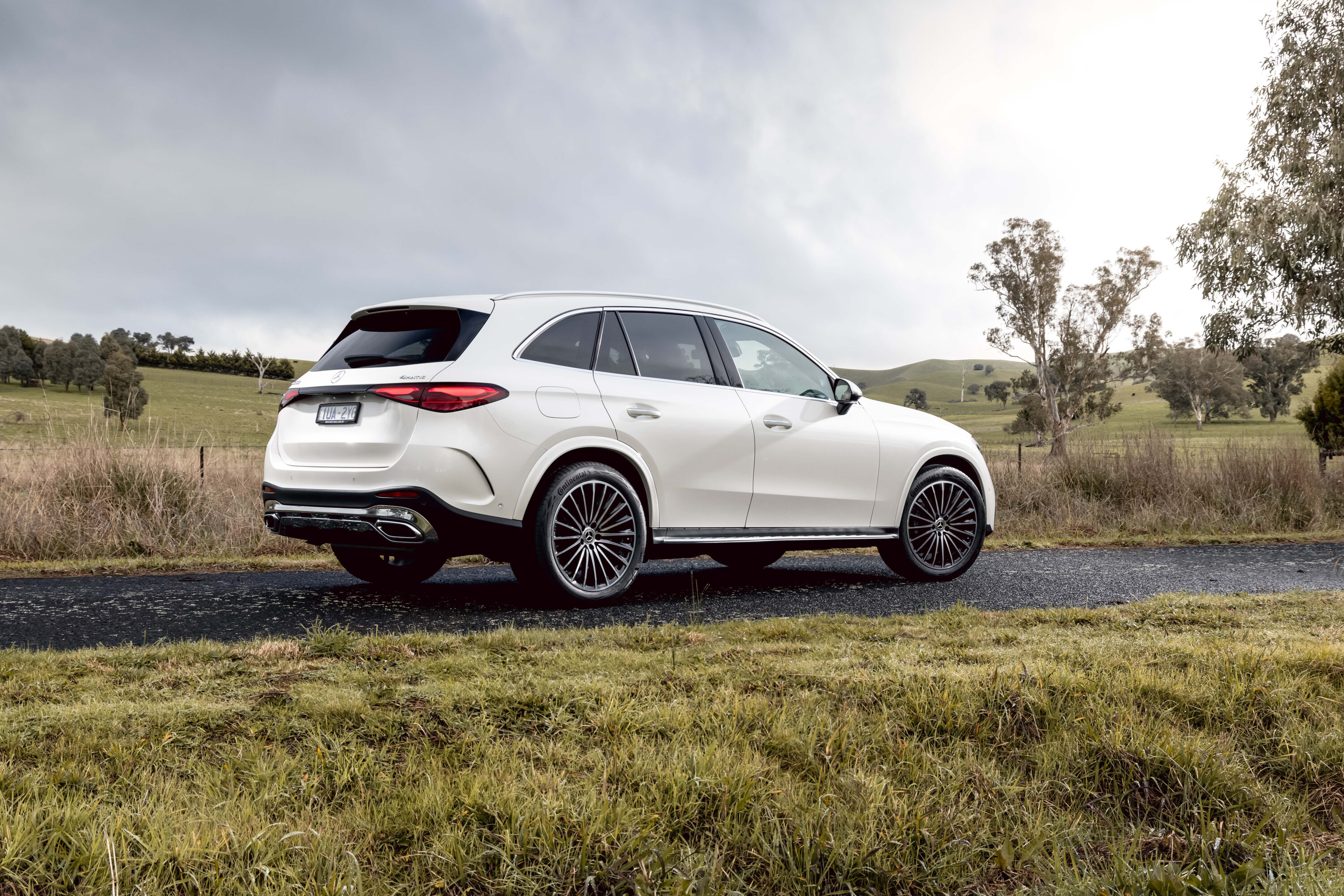
Things are equally positive on the open road. Highway refinement is a highlight.
The transmission is commendably smooth on the move, too. Ratios are sifted through almost imperceptibly in traffic and there are no harsh downshifts or jolts as you cruise to a stop, which can sometimes be the case with Mercedes automatics or 48-volt systems that rely on belt-driven generators.
Similarly positive news comes from the open road. Highway refinement is a highlight and while there is some noticeable tyre roar on coarse-chip surfaces – blame the huge 20-inch alloys wrapped in fat Continental rubber measuring 255/45 R20 up front and 285/40 R20 out back – the GLC’s cabin is hushed.
The usual trade-off to such a strong focus on comfort is wallowy handling when things get twisty, but again the GLC impresses. On demanding roads the GLC is surprisingly engaging.
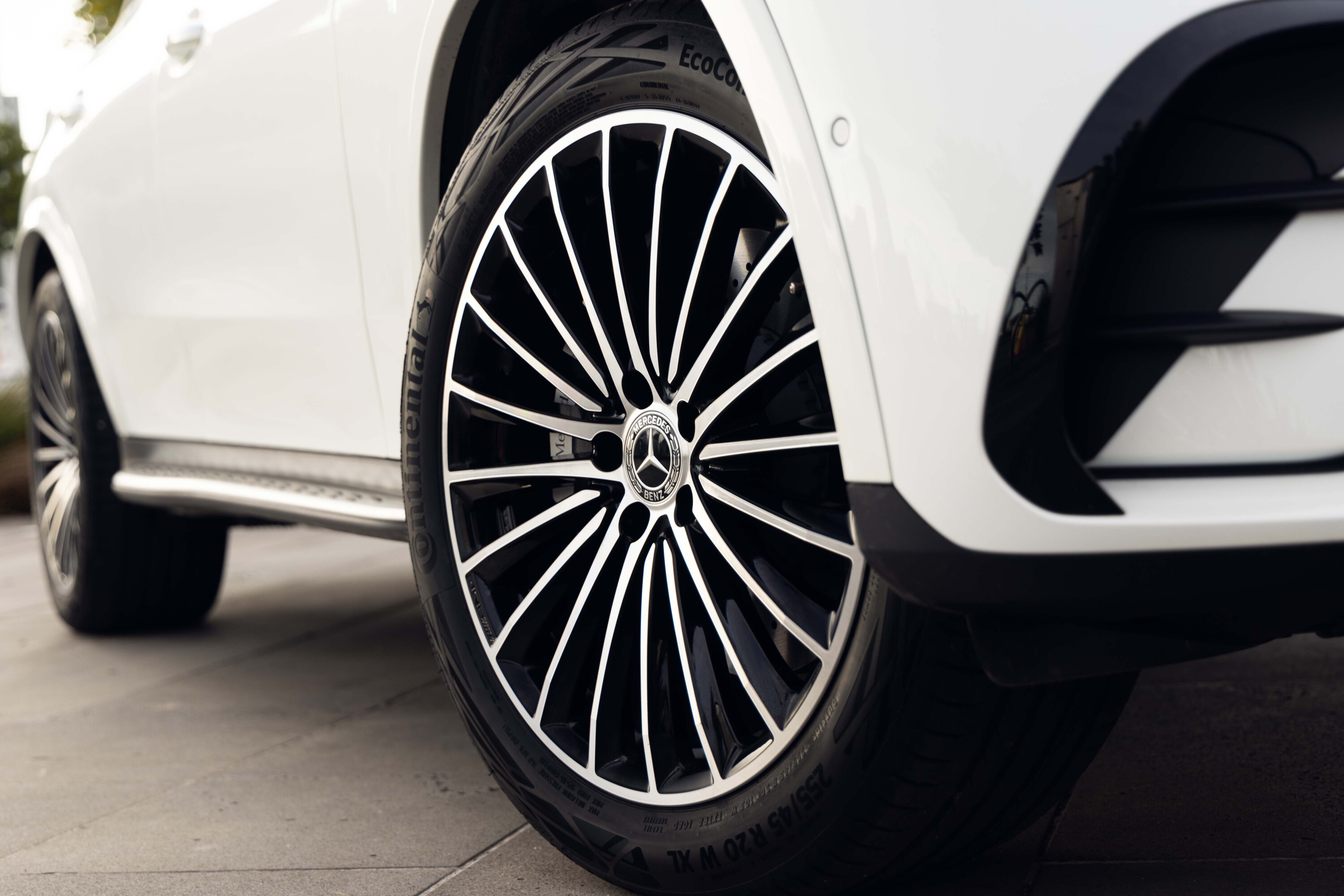
The steering is relatively quick at 2.2 turns lock-to-lock and while it lacks feel, it’s also meatily weighted in Sport mode and it’s unwaveringly accurate, giving you the confidence to hurl the GLC about.
Even on really poor roads, the rack is also wonderfully free of corruption or kickback.
The GLC isn’t what you’d call nimble, mind, and there is a fair degree of body roll to contend with but there’s also plenty of grip and we’d wager the compromise between compliance and control is almost ideal for a family SUV.
Is it as sharp and as engaging as a BMW X3? Probably not but keen drivers aren’t going to be disappointed either.
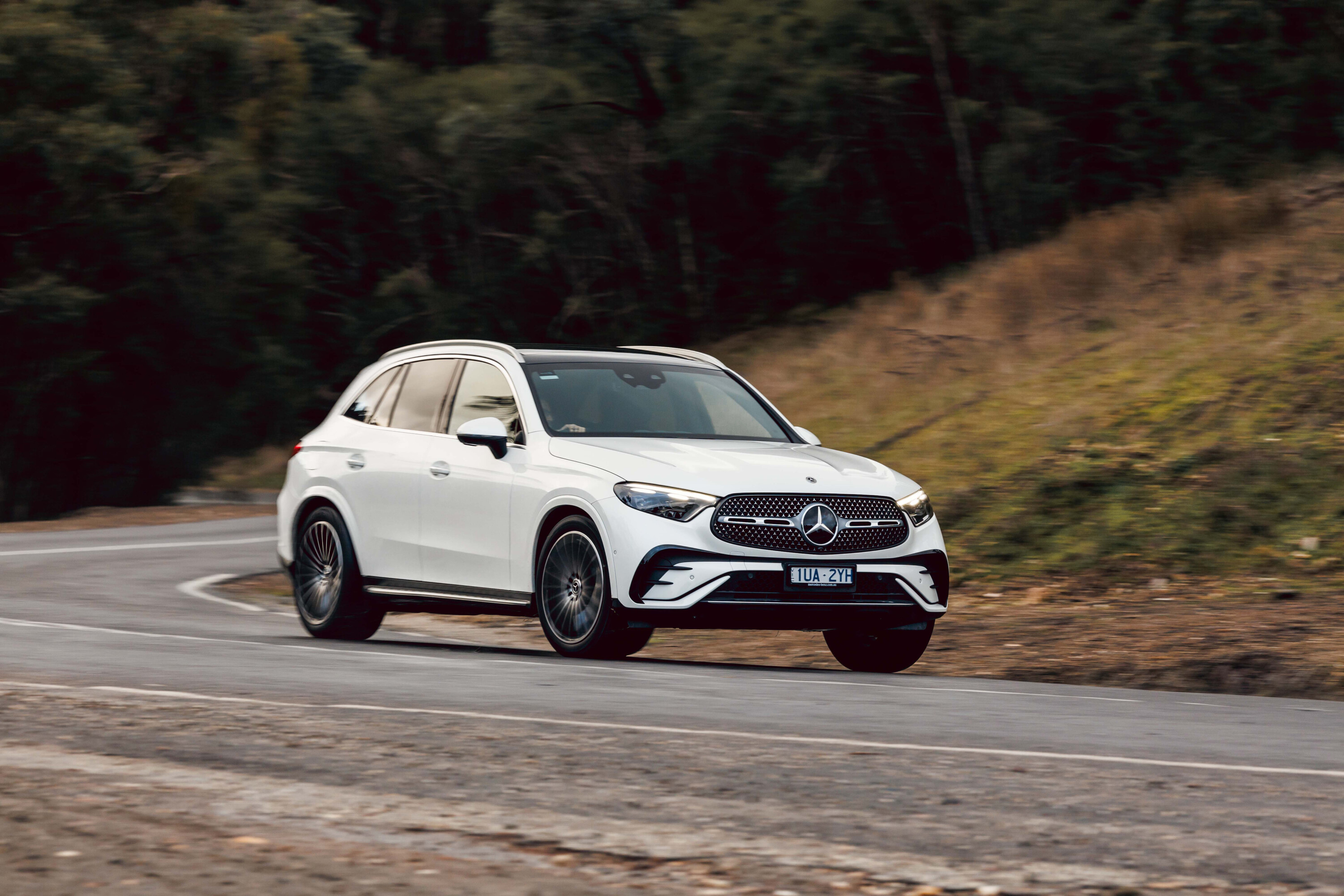
The 2.0L turbo engine is a willing companion, too.
Fizzy and responsive, it even sounds okay high in the rev range. And in Sport mode, the nine-speed auto does such a commendable job of keeping the engine in its sweet spot between 3000-5000rpm that we didn’t once feel the need to use the shift paddles.
Perhaps the weakest dynamics link is the brakes. Aussie cars score an upgraded braking system that includes ventilated discs and while the stopping performance is reassuring initially, we did encounter some brake fade during an extended stint of hard driving. But that’s to be expected in an SUV weighing 2000kg.
Still, it’s clear that the new GLC is a better family SUV to drive. Smoother, quieter and more comfortable at urban speeds, it’s also capable and quick on a twisty back road.
We can’t wait to try the upcoming GLC 43 and GLC 63 AMG variants…
If any of the terms in this section have left you scratching your head, these articles will help bring you up to speed!
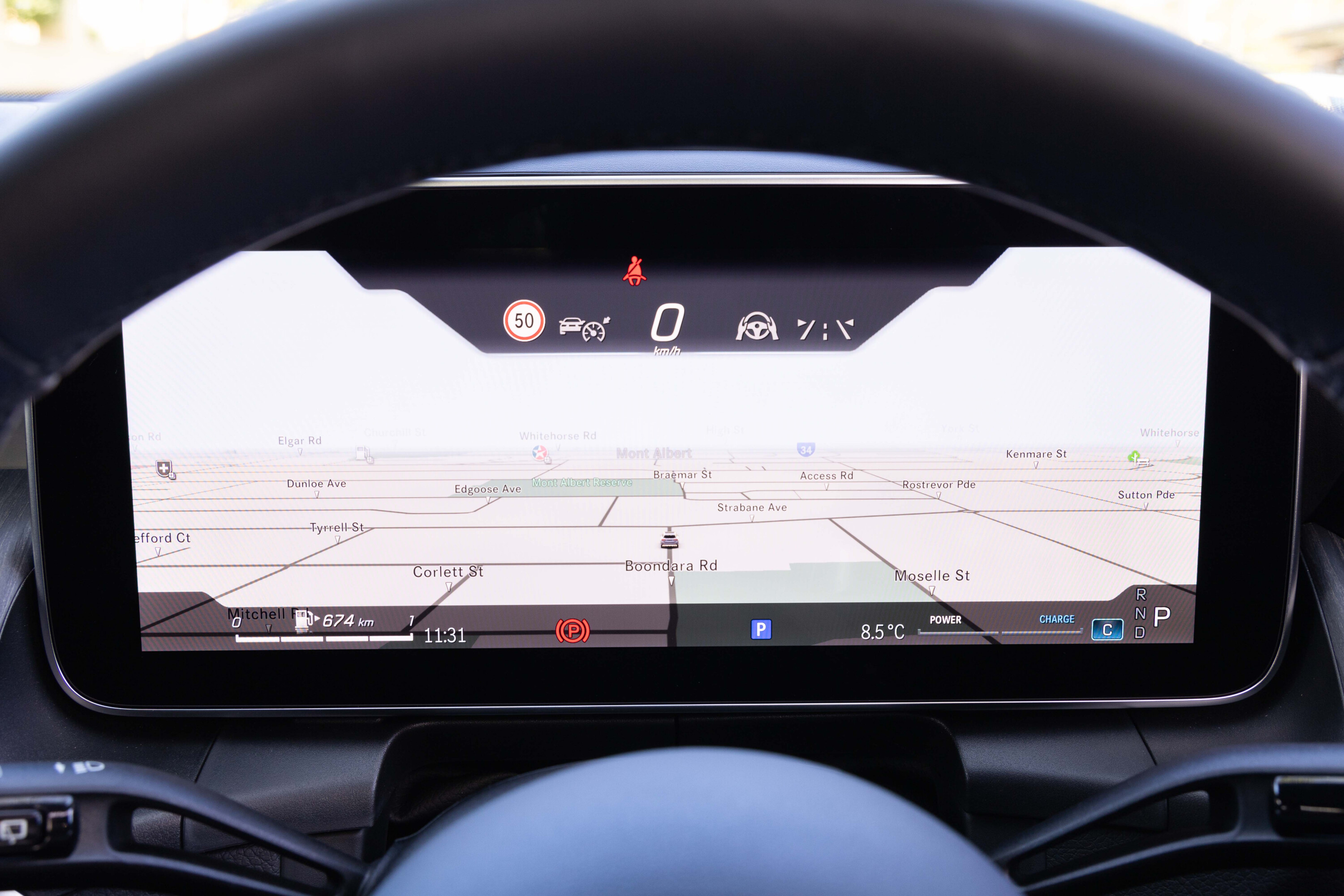
- What is a Powertrain or Drivetrain?
- Power vs torque
- Car suspension explained
- Automatic transmissions (‘gearboxes’) explained
- Chassis control systems explained
- Car vs Ute vs SUV: How the vehicle you buy should guide the way you drive
Big SUV plus small engine usually equals high fuel bills yet the GLC was impressively efficient during our time behind the wheel.
Officially, Mercedes says the GLC should consume 7.7L/100km of premium unleaded on the combined cycle and our ‘as tested’ fuel figure was pretty close to that. Over a 280km test loop, which took in a mix of urban, freeway and twisty back road driving, we returned a consumption figure of 8.2L/100km. Not bad.
As for other running costs, the GLC’s service intervals are commendably long at every 12 months or 25,000km. Servicing costs are on the high side, but Mercedes does offer capped price servicing package for three years ($3200), four years ($4250) and five years ($6500).
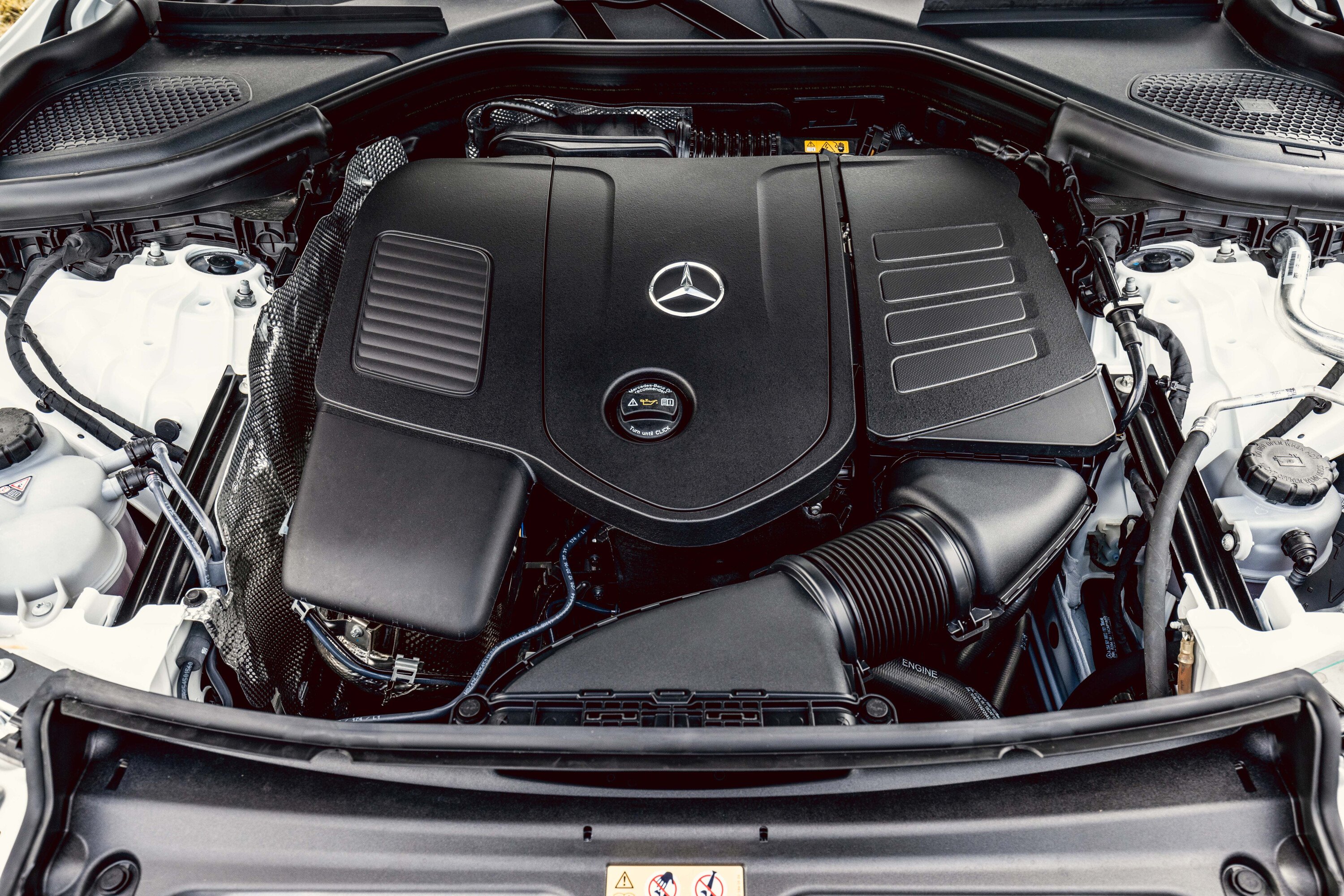
How safe is the Mercedes-Benz GLC?
The Mercedes-Benz GLC was awarded a five-star rating by ANCAP in June 2023.
It scored highly for adult and child occupant protection (92 per cent for both categories), and also scored well for vulnerable road users (74 per cent) and for the efficacy of its safety assist systems (84 per cent).
Full points were also given for the protection of the driver and child occupants in the side impact test.
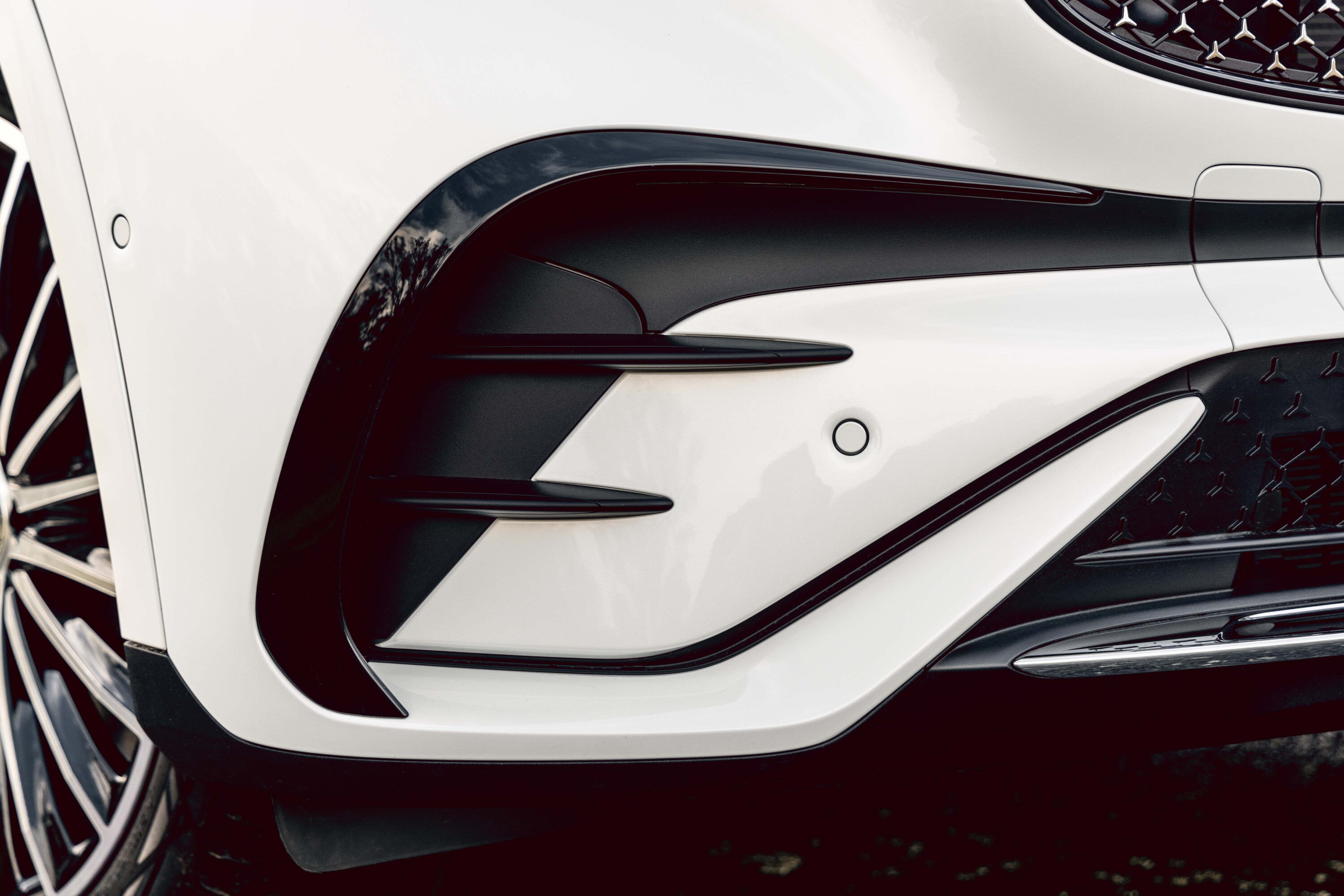
ANCAP did note a few areas of concern, however. A ‘weak’ score for the driver protection in the oblique pole test was recorded and ANCAP was also concerned about the GLC’s propensity to cause serious pelvic injuries in pedestrians, giving it a poor impact rating and nil score for that criteria.
The GLC’s safety suite includes 10 airbags, autonomous emergency braking (AEB), lane-keep assist, adaptive cruise control, blind-spot monitoring, speed sign recognition, tyre pressure monitoring, a 360 surround view camera and parking sensors.

VERDICT
So has Mercedes nailed its second shot at its most important model?
A definitive call will have to wait until we compare it directly with key competitors but it’s obvious that Merc’s mid-sizer is a sizeable improvement over its popular predecessor.
It’s now quieter, more premium inside and importantly, it’s better to drive. And while prices have crept north, the corresponding lift in quality and equipment means it doesn’t feel like a gouge.
We’re tipping it’ll sell like hot cakes.
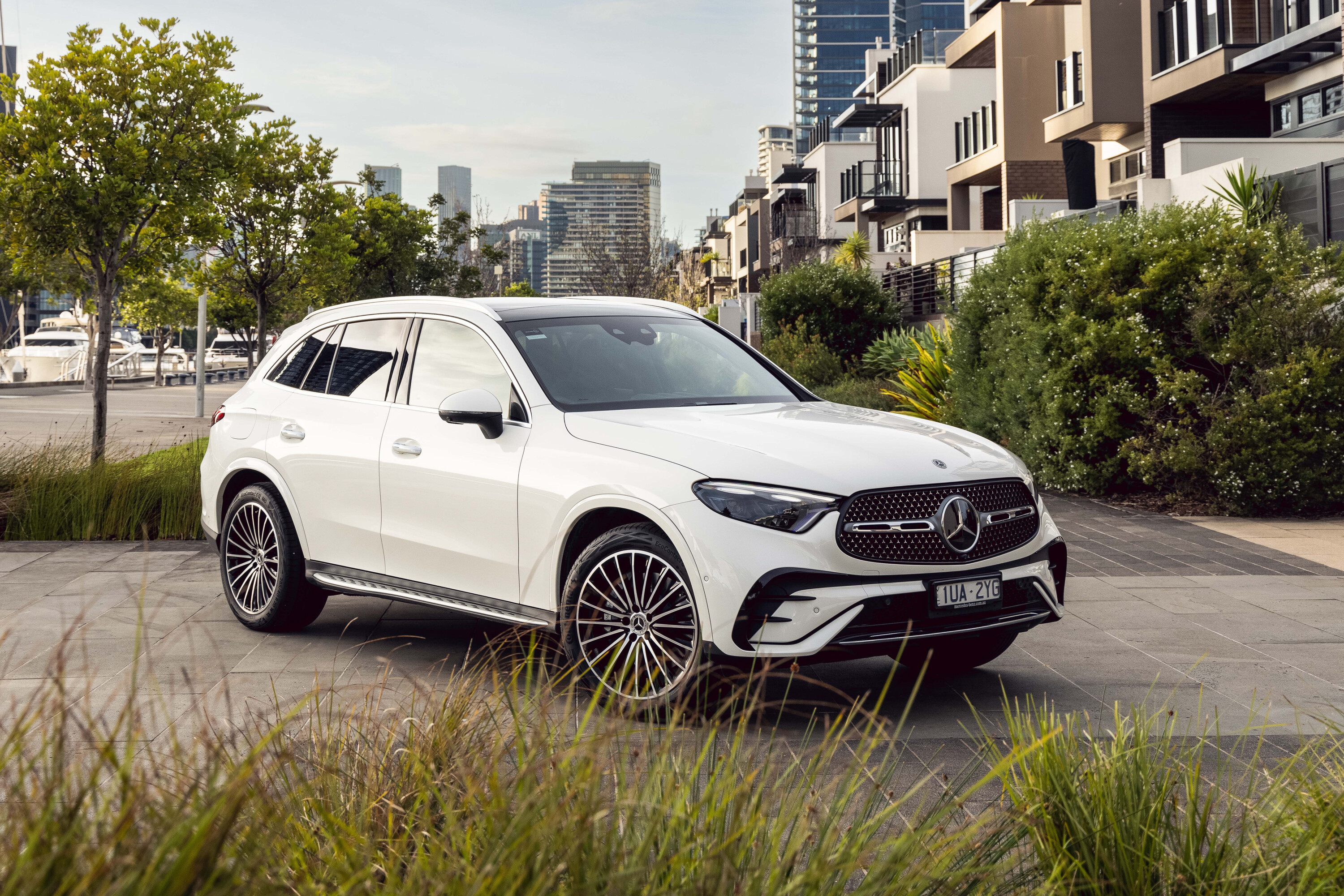
Score breakdown
Things we like
- Big step forward for refinement and ride comfort
- Cabin quality and infotainment tech are excellent
- Engine/transmission combo is smooth, strong and surprisingly efficient
Not so much
- No PHEVs or diesels for Australia
- Price hikes over previous model and rivals
- Boot is big but lacks some amenities standard on smaller, mainstream models
- Rear knee room is adequate rather than generous; no tri-zone climate
We recommend
-
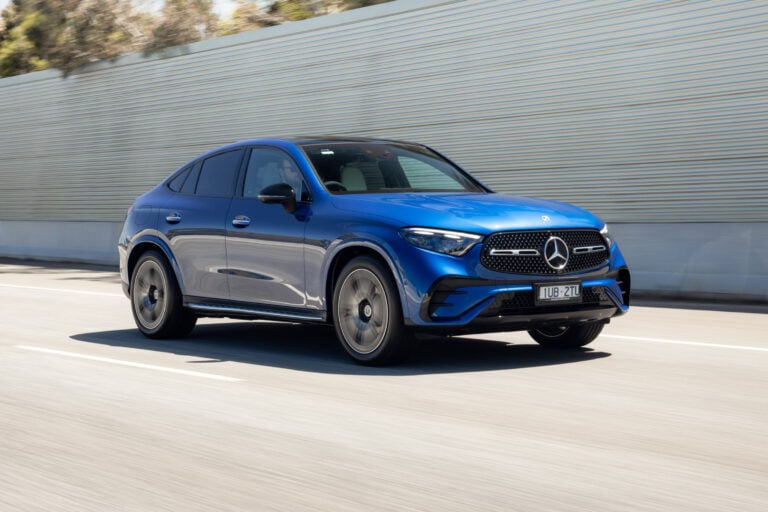 News
News2024 Mercedes-Benz GLC pricing and features
The latest Mercedes-Benz GLC ushers in new technology and more space – but with a hefty increase to its entry price
-
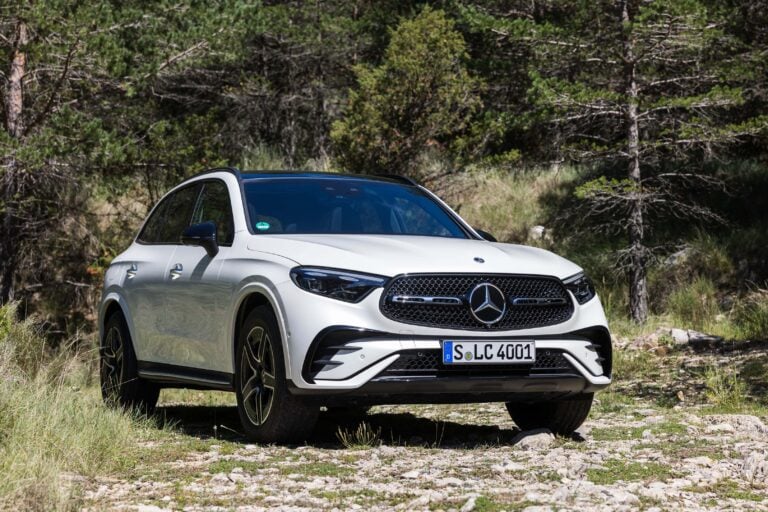 Reviews
Reviews2023 Mercedes-Benz GLC 300 review: International first drive
The favourite star 2.0 may be a halfway house to Mercedes' electric future but it moves the game on from the original GLC where it matters
-
 News
NewsNew car calendar 2026: All the new cars coming to Australia next year
Here’s the WhichCar by Wheels guide to all the new cars that will launch in Australia in 2026. Check back in regularly for updates...


